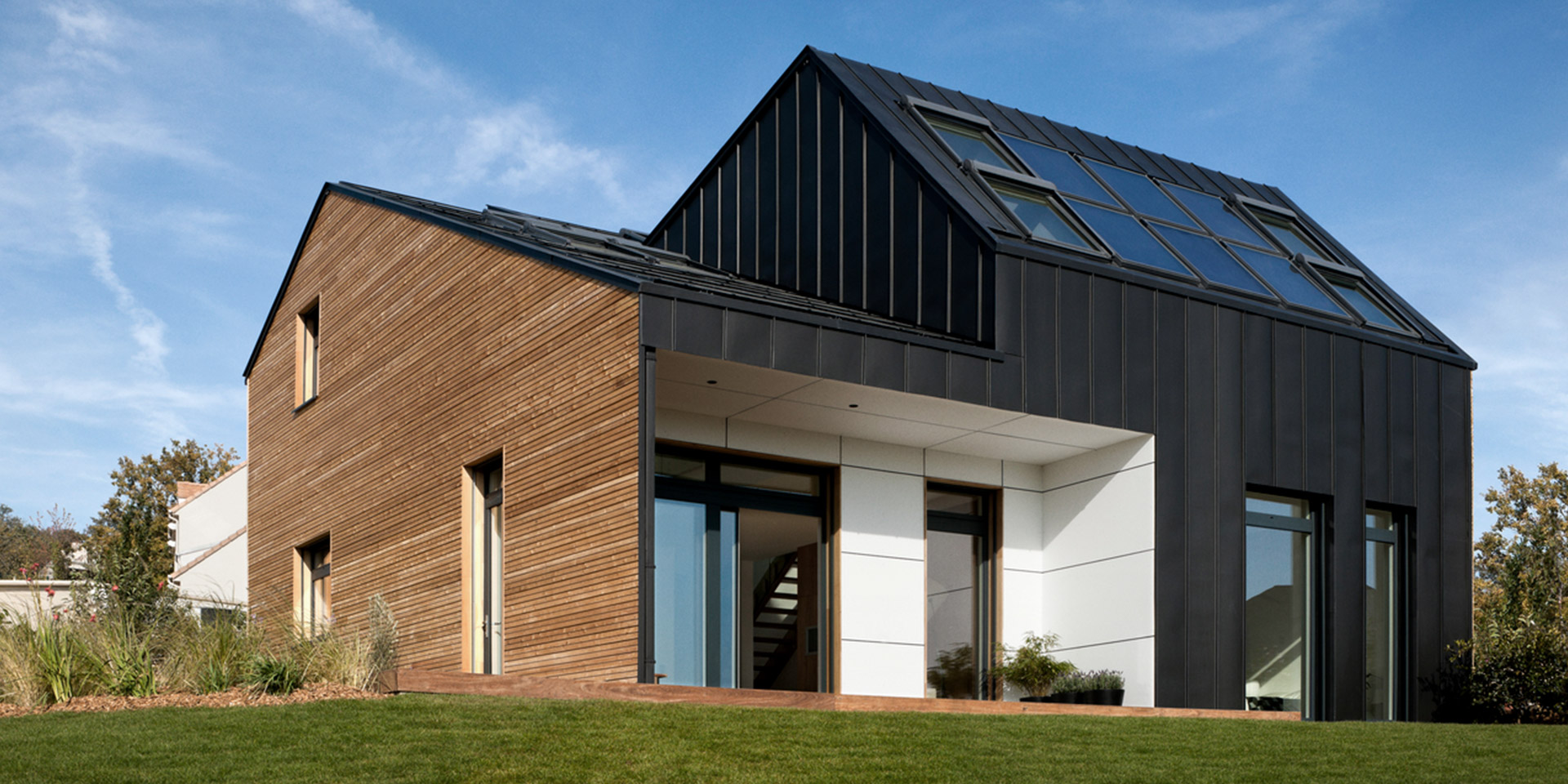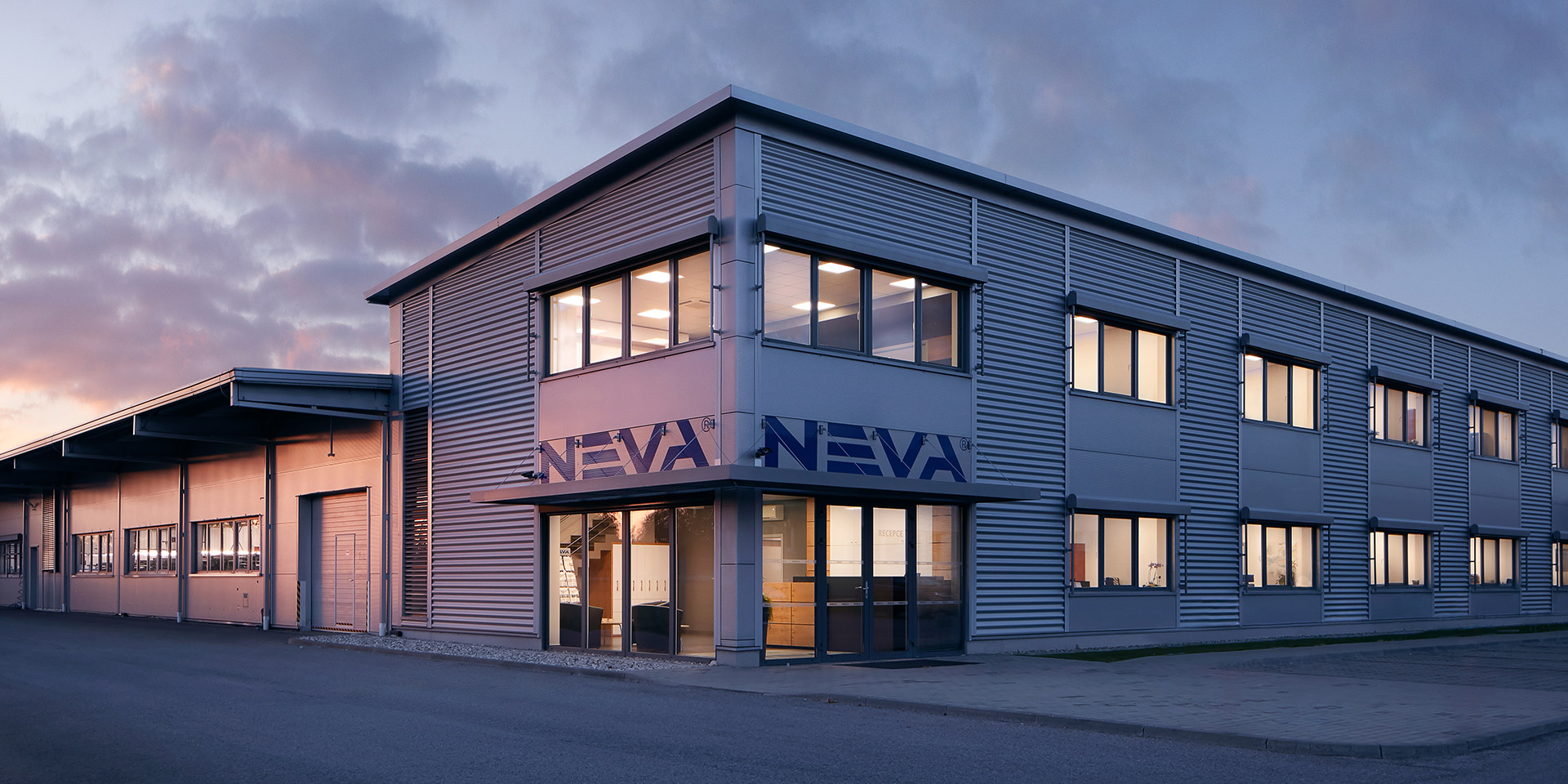Disadvantages of external blinds? Higher noise level in wind and lower darkening ability
External blinds are one of the most popular types of shading and have many advantages for which they are bought by customers all around the world. However, as nothing is ever black-and-white, blinds have got their limits as well. We don’t hide this fact at NEVA – and we admit their weaknesses.
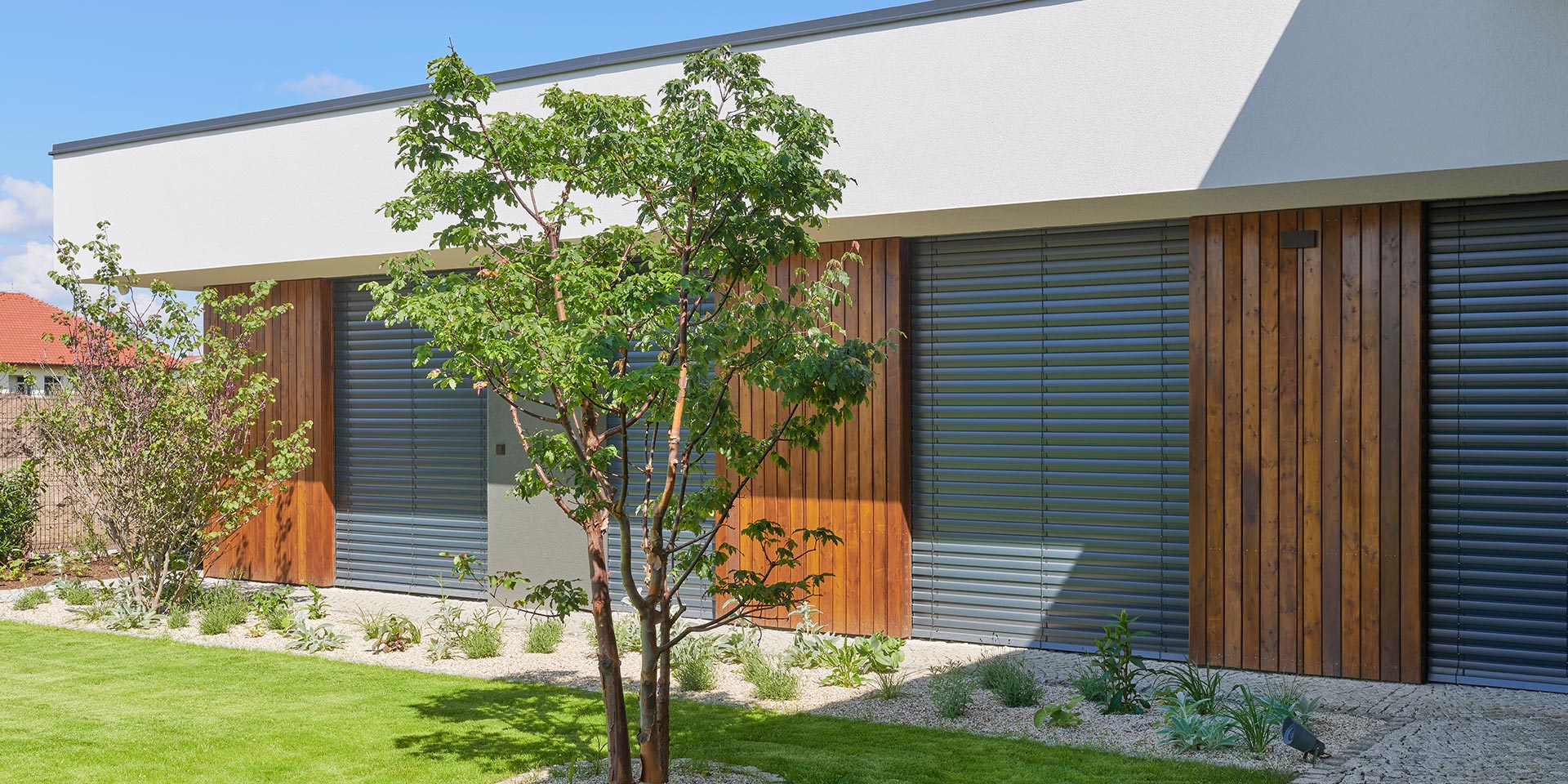
They aren’t able to darken the room 100%
One of the main reasons why real estate owners buy external blinds is to control the amount of light in the room. Blinds are very variable in that thanks to their tilting slats, but the truth is that they can’t create absolute darkness in the room.
This is because the slats of the blinds contain small holes through which a textile lift tape passes and a bit of light shines. Even when the slats are tilted towards one another as much as possible, they don’t fit to one another so tight as to darken the room completely.
The type of slat you select matters a lot, though. In terms of darkening, Z90 slats are most efficient, almost equalling roller blinds. On the contrary, C65 slats screen the least and create more of a gloom in the room.
“If you live in a house that has got a large garden, is in a secluded place or near woods, where you aren’t disturbed by strong sources of night lighting, you don’t have to deal with that at all. But for houses in densely built-up areas or on busy streets with public lighting we recommend Z‑type blinds for almost perfect darkening, or combining blinds and interior drapery. Similarly, consider shading if you work in night shifts and often sleep during the day”, says Jan Gajdoš, NEVA’s Product Manager.
They are noisier in strong wind
External blinds have slats up to 90 mm wide, so in calm conditions or in gentle winds they don’t move at all and are completely noiseless. If the blinds are guided on cords, strong winds may start them vibrating. The slats then hit the glass or one another. That’s also why we recommend installing blinds into lateral guide profiles, where they are anchored securely.
At NEVA we also recommend that you consider the pros and cons of external shading in rather windy places, for example, in mountain lodges. On higher levels of high-rise buildings where there are also often windy conditions, it is possible to use so-called sandwich façades. They allow blinds to be installed and, in addition, they protect them from the weather.
“All external shading is susceptible to wind. If a really strong wind blows, we recommend pulling up external blinds”, Miroslav Sedláček, NEVA’s Design Manager, points out. Thanks to their connection to a smart home with a wind sensor you can then set the blinds to pull up automatically during strong winds.
It might interest you: wind resistance of external blinds
In many cases, the solution may be installing screen roller blinds, which are more resistant to wind compared to blinds.
In some cases, they decrease the window’s headroom
External blinds need space into which the rolled-up slats of the blinds move. A special cover sheet or box serves that purpose. For new constructions or buildings that have just undergone general renovation we recommend that you mount the blinds under the façade after agreement with the architect or designer, where the cover box is hidden elegantly under the façade and isn’t visible from outside or inside.
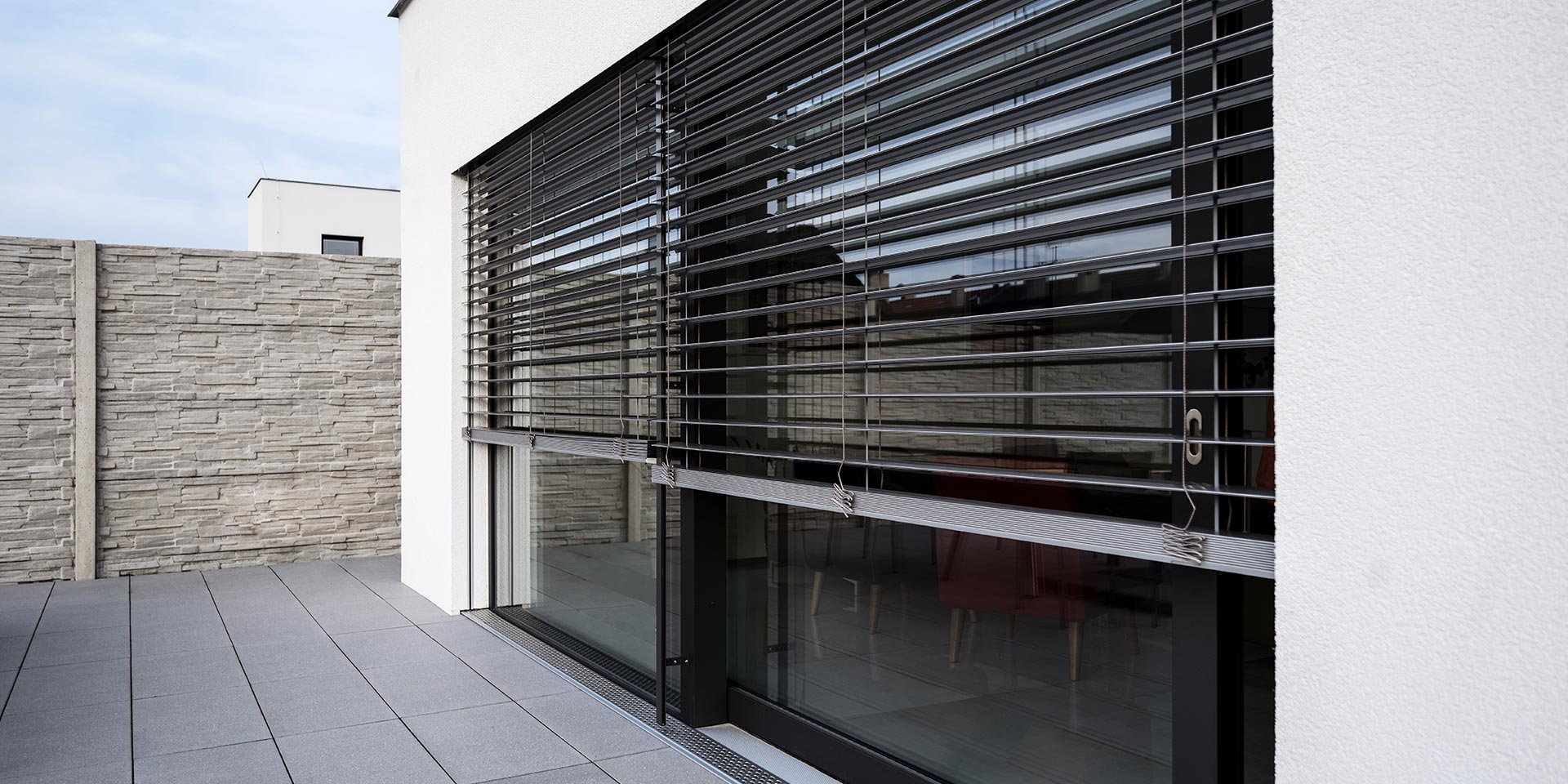
But you can’t hide the box under the façade during partial renovation or when installing blinds on a completed construction. That’s when you can turn to installation under a cover sheet. As the metal sheet is visible both from inside and outside, it may be aesthetically disruptive for some people and it also decreases the headroom of the window.
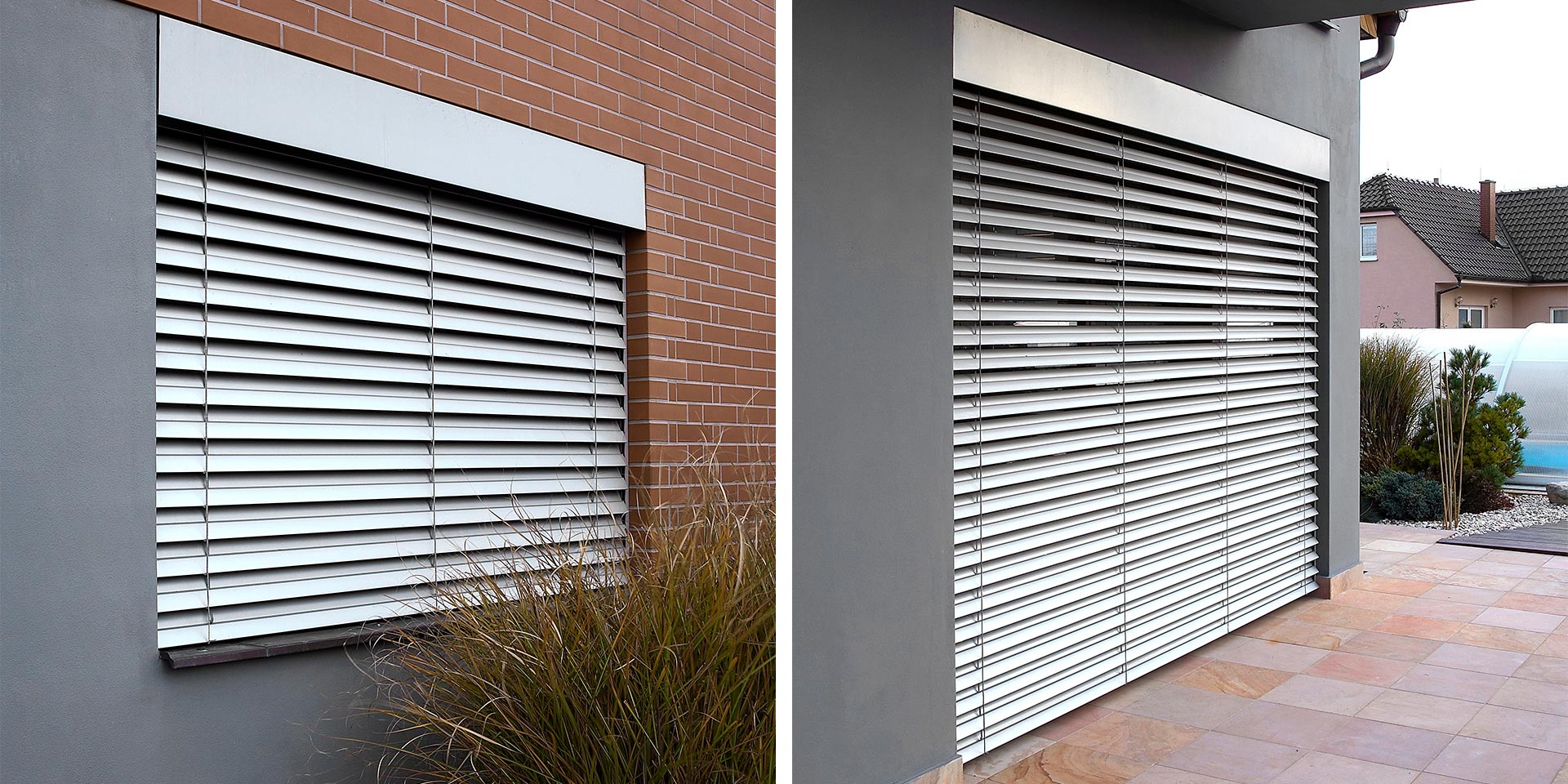
You can also select a so-called façade system. It doesn’t reduce headroom, so you’ll use it mainly for installations above doors. However, a façade system changes the design of the building considerably, which is not acceptable for everyone.
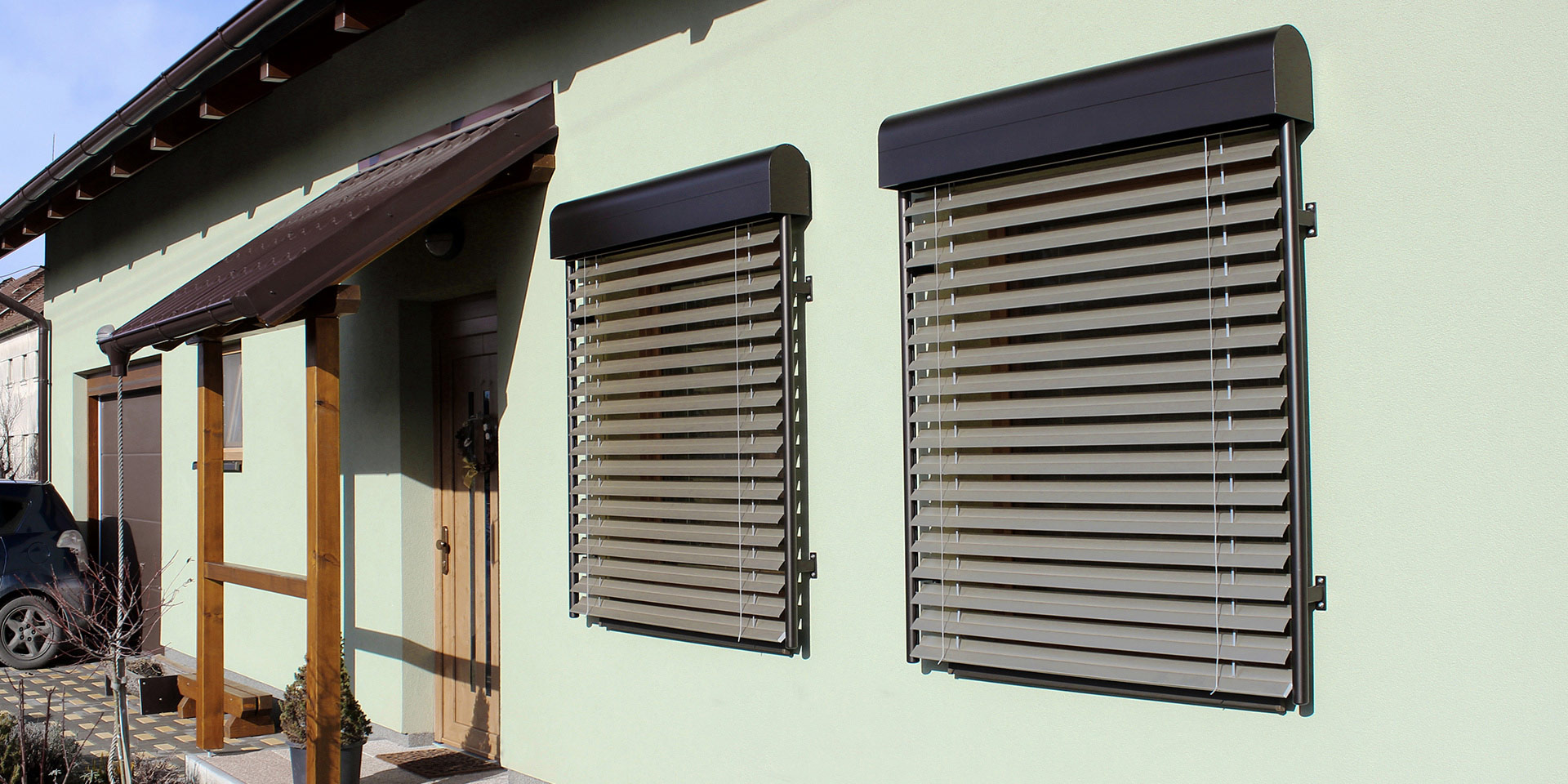
Mounting them is more demanding
DIY guys and self-help builders complain that compared to internal blinds, external blinds are markedly more complicated to install. We agree with this view wholeheartedly and that’s why we advise you not to choose this method of installation.
“Blinds need to be measured and installed with absolute precision; often millimetres matter. Every inaccuracy causes non-standard running of the blinds, shortens their service life and increases the risk of failures. In addition, you’ll lose the NEVA warranty if you interfere with the blinds. So, it’s best to entrust both measuring and installation to an experienced installation company, which we’ll kindly recommend to you”, says Jan Gajdoš.
The lift tape wears out over time
The above-mentioned holes in slats involve one more minor problem. A lift tape passes through the metal slats and it wears out over time and needs to be replaced. Although at NEVA we use an above-standard 8mm tape from Switzerland (compared to the standard 6mm tape) and we process the holes in the slats in such a way that they aren’t sharp and don’t cut through the tape, it is good to make allowance for such a service operation to be carried out approximately after 10 years of operation.
Insurance companies don’t consider them a security element
If your blinds are pulled down and black out the room, no one can see inside your home and you’ll put off burglars that may be passing by. At the same time, it is true that if someone is determined to break into your home, they’ll simply pull the closed blinds apart and peek inside.
“There are external security blinds available in the market that are guided in chains and feature extremely rigid slats. However, conventional external blinds don’t have these features and insurance companies don’t consider them a security element, either. Nevertheless, if you’ve pulled down the blinds and, in addition, you set them as part of a smart home system to go down and up automatically twice a day, you may put off some burglars. That’s because they can’t tell that you’re on holiday and the house is empty”, concludes Gajdoš.

